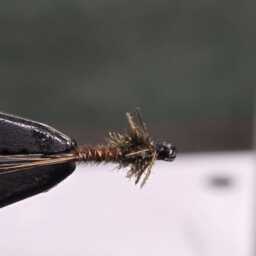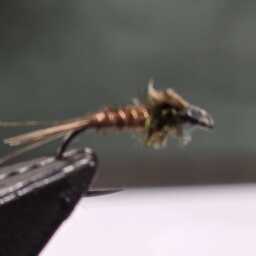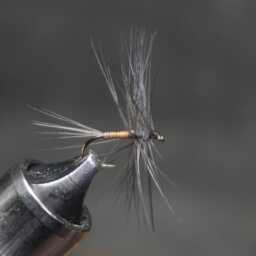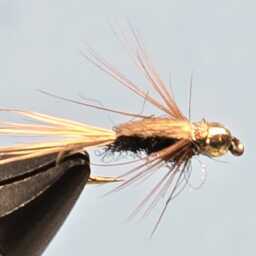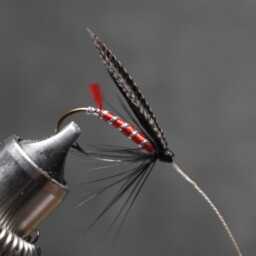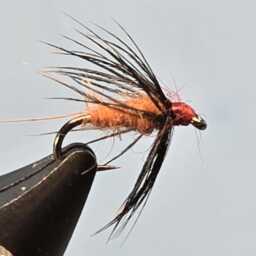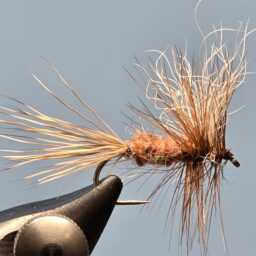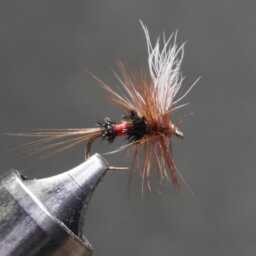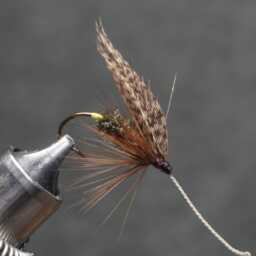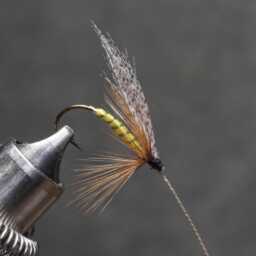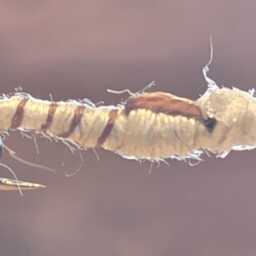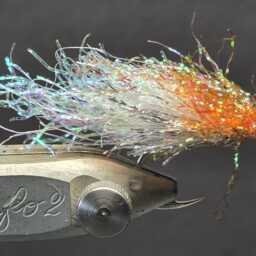The satyr tragopan (Tragopan satyra), also known as the crimson horned pheasant, inhabits the Himalayan regions of India, Tibet, Nepal, and Bhutan. These birds prefer moist oak and rhododendron forests with dense undergrowth and bamboo clumps, residing at altitudes ranging from 2400 to 4200 meters during summer and descending to 1800 meters in winter. The males grow to about 70 cm in length.
During the mating season, male satyr tragopans develop blue horns and a gular wattle. To attract females, they inflate these horns and conceal themselves behind rocks, awaiting passing females. Upon sighting one, they execute an intricate display, showcasing their full array of ornaments before the female. This display culminates with the male stretching to his full height, presenting all his distinctive features.
Females of the species are typically brown, while males sport a vibrant combination of red with blue, black, and white spots and freckles. Despite being the least threatened among the tragopans, satyr tragopans still confront numerous challenges. They are believed to have a moderately small population vulnerable to hunting and habitat loss across much of their range.
These birds’ orange-red feathers, darker than those of other tragopans, are notable for their white dot surrounded by black, making them highly prized among Victorian fly tyers. These feathers, resembling gray-white water drops, are particularly favored for crafting Streamers and Victorian flies, enhancing their appeal in both classic and artistic patterns.
« Back to Glossary Index
